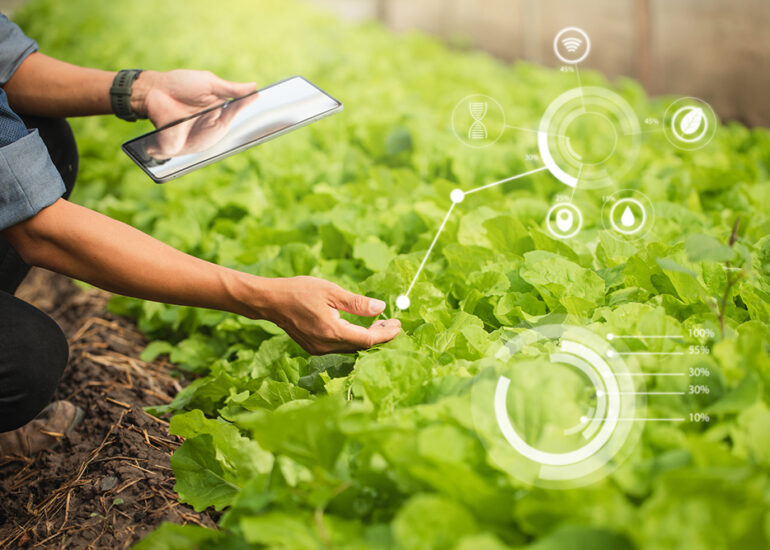Blockchain in Agriculture: Guaranteeing Food Safety from Farm to Table
In a world where food safety and sustainability are paramount, industries are perpetually seeking innovative solutions to address these critical concerns. Emerging as a pivotal player in this pursuit is blockchain technology, extending its capabilities beyond fintech to revolutionize the agriculture sector. This decentralized digital ledger offers transparent, secure, and efficient methods to track and verify transactions at every stage of the food supply chain. Let’s delve into how blockchain is fortifying the agriculture sector, guaranteeing food safety from farm to table.
The Food Supply Chain: A Landscape Ripe for Innovation
Despite the advancements witnessed over the years, the food supply chain still grapples with numerous challenges including fraud, inefficiencies, and lack of transparency. These issues not only impact the profitability of stakeholders but also pose significant risks to consumer health and safety. Blockchain, with its immutable and transparent nature, presents an opportunity to rebuild the food supply chain on a foundation of trust, transparency, and efficiency.
Blockchain in Agriculture: The Revolution We Need
The integration of blockchain technology in agriculture brings forth a plethora of benefits. Here are some of the transformative aspects of implementing blockchain in the agriculture sector:
1. Traceability and Transparency
Blockchain allows for the creation of immutable records of each transaction that occurs as a product moves through the supply chain. This means that consumers can easily trace the journey of their food products, right from the farm to their tables, ensuring authenticity and transparency.
2. Combatting Food Fraud
The food industry is often marred by incidents of fraud, including mislabeling and counterfeit products. Blockchain’s immutable ledger helps in authenticating the information related to food products, helping to eliminate fraud and ensuring that consumers get exactly what is stated on the label.
3. Reducing Waste
With the ability to track products in real-time, stakeholders can identify and address issues promptly, minimizing waste. For instance, if a batch of products is found to be contaminated, it can be quickly traced back to its source and isolated, preventing further distribution and wastage.
4. Enhancing Farmer Remuneration
Blockchain can facilitate direct transactions between farmers and consumers, eliminating middlemen and ensuring that farmers receive a fair share of the profits. This not only enhances the income of farmers but also fosters a closer relationship between producers and consumers.
Use Cases: Blockchain in Action
1. Organic Certification
Blockchain can play a pivotal role in verifying the authenticity of organic products. By recording and verifying each step of the production process, blockchain can help ensure that products labeled as organic adhere to the stipulated standards, enhancing consumer trust and promoting sustainable farming practices.
2. Smart Contracts for Agricultural Trade
Smart contracts, a feature of blockchain technology, can streamline agricultural trade by automating contract execution when predefined conditions are met. This reduces the time and costs associated with traditional contracts, fostering smoother transactions and encouraging fair trade practices.
Overcoming Challenges and Looking Ahead
While the potential of blockchain in agriculture is evident, it is not without its challenges. Issues such as technological barriers, scalability, and the need for standardization need to be addressed to fully harness the benefits of blockchain technology. Moreover, fostering a collaborative environment where all stakeholders are willing to participate is vital for the successful implementation of blockchain in agriculture.
Conclusion
Blockchain technology stands as a beacon of hope in the pursuit of a safer and more transparent food supply chain. Its incorporation into the agriculture sector promises a future where food safety is not just a guarantee but a norm. As we venture further into this exciting journey, a collaborative effort from governments, industries, and communities will be crucial in realizing a food supply chain that is secure, transparent, and efficient, ensuring food safety from farm to table.



